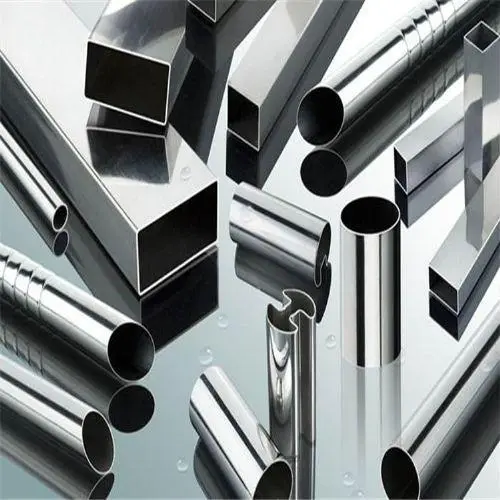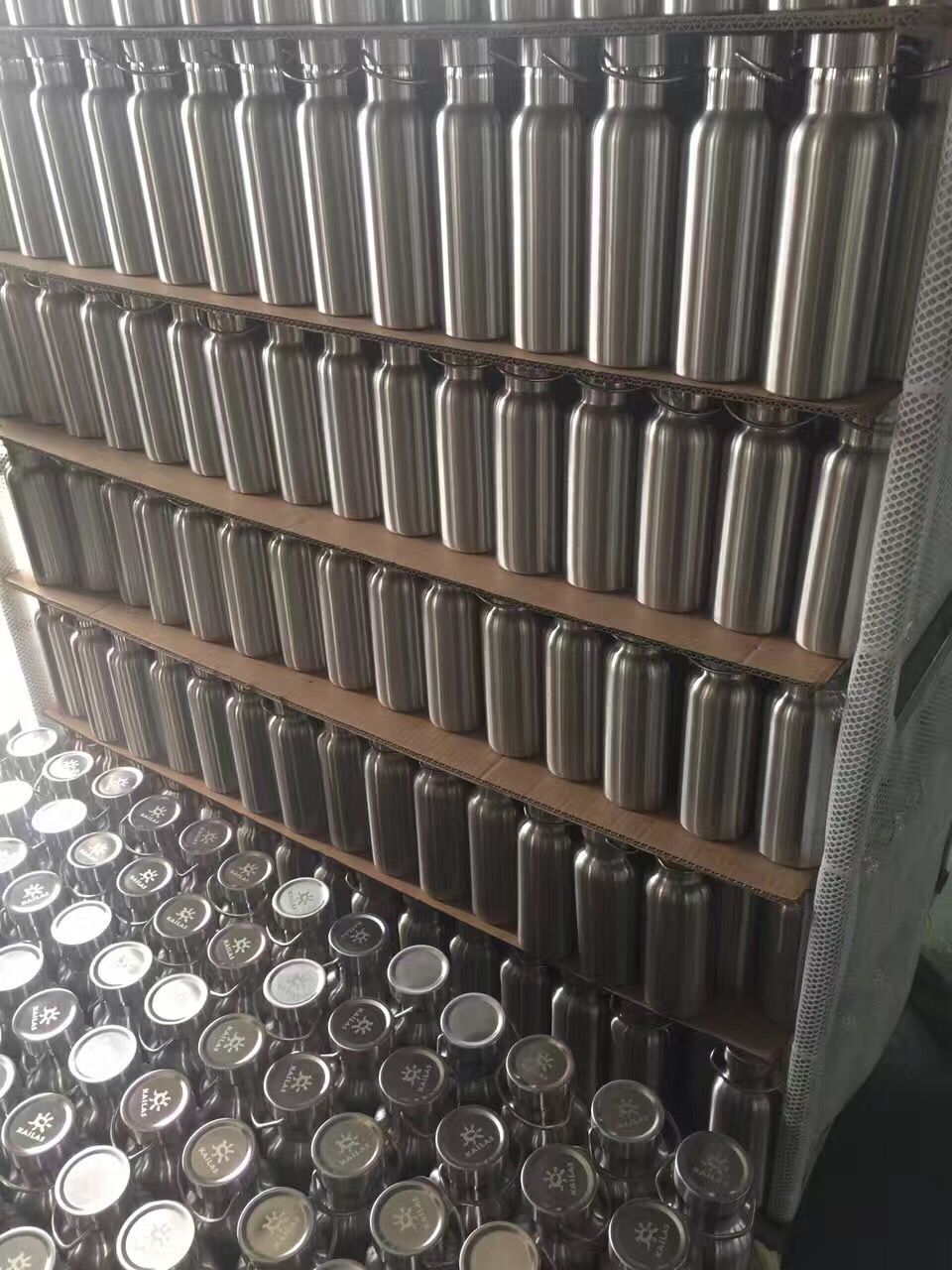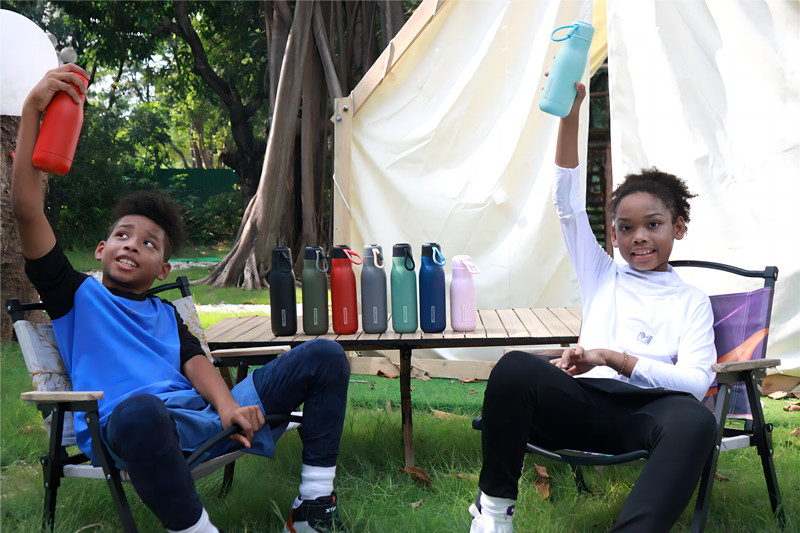
Discover the Mystery of 201 vs 304 Stainless Steel-Choosing the right Material for Water Bottles
2023-11-17 19:17
In the world of stainless steel, two grades stand out for their widespread use in various applications, including the ever-popular water bottle - 201 and 304 stainless steel. While these alloys share similarities, understanding their differences is crucial, especially when it comes to selecting the ideal material for water bottles. In this comprehensive article, we'll discover and explore the difference between 201 and 304 stainless steel, their relevance to water bottle standards, and how to identify them with confidence.
1. The Composition Difference in chemical element
Stainless steel is well-known for its corrosion resistance, a quality attributed to the presence of chromium. However, the composition of 201 and 304 stainless steel diverges, impacting their performance in different environments.
1.1 Chromium (Cr):
304 Stainless Steel: 18-20% chromium
201 Stainless Steel: Approximately 16-18% chromium
Significance: Chromium is a key contributor to corrosion resistance. The higher chromium content in 304 makes it better suited for applications where resistance to corrosion is paramount.
1.2 Nickel (Ni):
304 Stainless Steel: 8-10.5% nickel
201 Stainless Steel: About 3.5-5.5% nickel
Significance: Nickel enhances corrosion resistance, strength, and toughness. The higher nickel content in 304 makes it an optimal choice for applications requiring superior corrosion resistance.

1.3 Manganese (Mn):
304 Stainless Steel: Around 2% manganese
201 Stainless Steel: Typically 5.5-7.5% manganese
Significance: Manganese influences formability and strength. The higher manganese content in 201 contributes to specific properties, impacting its overall performance.
1.4 Carbon (C):
304 Stainless Steel: Less than 0.08% carbon
201 Stainless Steel: Approximately 0.15% carbon
Significance: Carbon affects strength and hardness. The higher carbon content in 201 may contribute to increased strength but could potentially reduce corrosion resistance compared to 304.

2. Applications in thermos water bottles:
Now that we've dissected the chemical distinctions, let's explore how these variations translate into practical applications, specifically in thermos water bottle.

2.1 Corrosion Resistance:
304 Stainless Steel: Superior corrosion resistance
201 Stainless Steel: Good corrosion resistance
Application: Food containers made from 304 stainless steel are ideal for prolonged contact with various food types, ensuring durability and maintaining hygiene standards.
2.2 Durability:
304 Stainless Steel: Higher durability
201 Stainless Steel: Good durability
Application: Containers made from 304 are well-suited for long-term use, making them reliable choices for both residential and commercial kitchens.
2.3 Cost Considerations:
304 Stainless Steel: Generally more expensive
201 Stainless Steel: More cost-effective
Application: Depending on budget constraints, 201 stainless steel containers can provide a balance between cost and performance for certain applications.
2.4 Resistance to Scratches and Wear:
304 Stainless Steel: Better toughness
201 Stainless Steel: Harder and more brittle
Application: In a food preparation environment, 304 containers are less likely to show visible scratches, maintaining a pristine appearance over time.
3: Corrosion Resistance Showdown
The battle for corrosion resistance supremacy unfolds as we compare the performance of 201 and 304 stainless steel in water bottle applications. Learn why the nuances in their composition dictate their resistance to environmental factors, ultimately impacting the longevity of your water bottle.
4. Durability: A Long-Term Investment
Durability is a key consideration when choosing stainless steel for water bottles. In this section, we explore why 304 stainless steel emerges as the winner in terms of long-term performance and robustness, making it the preferred choice for those seeking a reliable and durable water bottle companion.
5. Magnetic Mysteries Unveiled
The magnetic properties of stainless steel can serve as a quick identifier between 201 and 304. We investigate the magnetic characteristics of these alloys and explain how a simple magnet test can be employed to distinguish one from the other, offering practical guidance for consumers in the stainless steel selection process.
6. Choose the Right Stainless Steel water bottle in your life.
After the comparison stainless steel of 304 vs. 201, the choice boils down to your specific needs and priorities. For food containers like water bottle requiring top-tier corrosion resistance, durability, and a polished appearance, 304 stainless steel stands as the prime choice, albeit at a higher cost. On the other hand, 201 stainless steel offers a more budget-friendly option without compromising on essential properties.

Fayren stainless steel water bottle, thermos vacuum flask, thermos vacuum mug, insulated water bottle,stainless steel tumbler, kids and children stainless steel bottle,etc are made of high quality 304/201 stainless steel.
Fayren is the well-known stainless steel water bottle manufacturer in China, with 26years experience in stainless steel bottles since 1997. With approval of LFGB, FDA,SEDEX & SAB8000. We mainly supplyStainless steel bottles, thermos water bottles, silicone water bottles, coffee cups,etc. It’s acceptable of stainless steel water bottle OEM in color, logo, package.Please contact for a professional support.

Get the latest price? We'll respond as soon as possible(within 12 hours)












